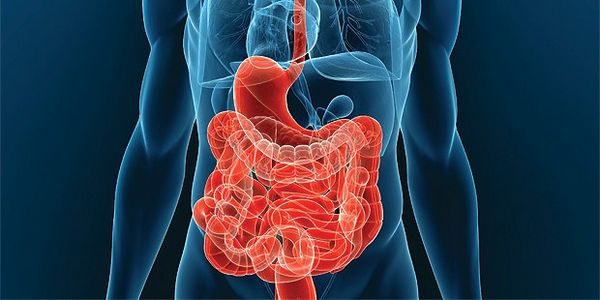Duodenitis – treatment of disease. Symptoms and prevention of the disease Duodenitis

Duodenitis – What is this disease? Duodenitis is an inflammatory disease duodenal ulcers, which is often combined with inflammation of the stomach. Most often the disease worried about males.
Duodenitis – The cause of the
The causes and factors of development of duodenitis very much. The inflammatory process in the duodenum may be due to excessive use of acute, oily, smoked food or alcohol. The disease can be triggered by toxic substances poisoning, eg, When consuming poisonous mushrooms or receiving certain medications.
Duodenitis can be caused by a parasitic infection, which in turn contributes to the development of allergic reactions and adherence of pathogenic bacterial flora.
Also duodenitis may occur with other diseases of the gastrointestinal tract, namely: gastritis, gastric ulcer and duodenal ulcer, diseases of the pancreas, cholecystitis, Zollinger-Ellison, Crohn's disease, celiac disease, viral hepatitis a, tumor in gastrointestinal tract, as well as Helicobacter pylori infection.
Duodenitis – Symptoms of duodenitis
The main symptom of duodenitis is a pain syndrome. Pain may be different depending on the form of defeat. A superficial lesions noted slight pain mainly in the upper abdomen. When atroficheskom defeat pain may not be, and the main manifestations of the disease will be: fatigue, irritability, reduction in physical and mental abilities, dizziness and headaches. In the case of acidopepticheskogo the defeat marked a sharp pain in the belly button, are enhanced on an empty stomach.
When duodenite can also experience nausea, vomiting, decreased appetite, fever, heartburn, prolonged hiccups and bleeding from the gastrointestinal tract. For duodenitis is characterized by seasonal exacerbations. Symptoms, usually, worsen in spring and autumn.
Duodenitis – Diagnostics
Troubleshooting duodenite includes medical history of disease and medical history of the patient's life. During the examination of the patient, the physician determines the tenderness of the abdomen, especially its upper sections.
Laboratory research methods include: clinical and biochemical blood tests, general urine analysis, feces analysis with koprogrammoj.
In duodenite it is possible to apply the following instrumental methods of diagnosis:
- ultrasound examination;
- esophagogastroduodenoscopy;
- test n products acid stomach;
- breathing tests for the presence of Helicobacter pylori infection;
- Colonoscopy;
- double contrast stomach x-ray;
- CT scan;
- other methods.
Duodenitis – Types of disease
On the nature of disease widespread and sometimes localized duodenitis. In turn localized is divided into bul'bit, sphincteritis, papillit and inflammation of the distal.
Depending on the course of the disease duodenitis can be acute or chronic. The latter are superficial, atrophic and jerozivnymi or acidopepticheskimi.
Duodenitis – Actions of the patient
In the treatment of duodenitis should adhere strictly to the recommended diet and prescribed treatments. The patient, particular attention should be paid to your diet.
Treatment of duodenitis
In the presence of an infectious agent (usually, Helicobacter) the patient is assigned a course of antibiotics. When a parasitic infection-rate of antiparasitic drugs. To reduce stomach acidity prescribed Proton pump inhibitors. When you have cramps and pain patient prescribed analgesics and antispasmodics.
Patient management should follow a balanced diet, in particular should abandon too hot food, roasted, smoked and canned food.
In acute duodenite is assigned to desk # 1. In chronic duodenite-table no. 5.
Duodenitis – Complications
Duodenitis can be complicated periduodenitom, the occurrence of bleeding and ulcers stomach and duodenal ulcers. In rare cases possible stenoses privratnika stomach, duodenal hormone deficiency, bowel obstruction and even peritonitis, that can develop when fegmonoznom duodenite.
Duodenitis – Prevention
Prevention of duodenitis comes down to respect for balanced nutrition management, abandon bad habits (alcohol, smoking), as well as the timely treatment of diseases of the gastrointestinal tract.
